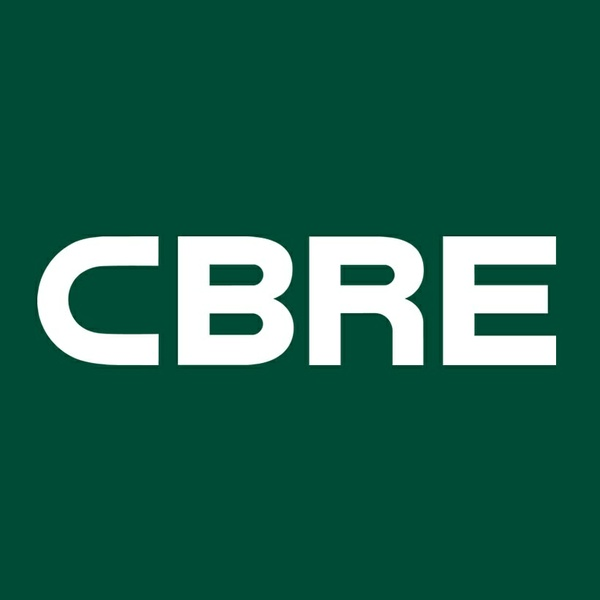By the end of the summer the year-to-date (YTD) commercial real estate (CRE) investment volume reached cca. EUR 338 million – compared to a total of EUR 272 million in 2013.
“Approaching the busy year-end closing period, we expect investment activity to get further momentum. We estimate a value of up to EUR 300 million being in due diligence currently and can still transact in 2014. Based on this estimation, the investment volume can reach EUR 600-650 million in 2014 – marking a 135% increase on last year and getting close to the level registered in 2011”, Tim O’Sullivan, Head of Capital Markets at CBRE Hungary said.
Being over half-way into the year, retail proved the most popular asset with a 46% share (EUR 157 million) in the YTD turnover. Stronger retail demand fundamentals positively impact the sentiment about retail investment in Hungary. Recent examples confirm that there is interest for retail assets of various types. As the largest of such transaction, the sale of the 50% of Allee Shopping Centre was closed and a fund of Nationale-Nederlanden became the new owner. In 2014 we also registered a retail park portfolio acquisition, the sale of shopping centres of various quality and also numerous smaller transactions in the high street segment. This sector proved to be the most diverse in geographic terms as the majority of the deals took place in locations outside of Budapest.
Although it was relatively illiquid in H1, the office investment market also picked up in recent months with the closing of the Green House and Eiffel Palace transactions. These two new developments were both acquired by Hungarian buyers: an institutional fund bought Green House, indicating the largest real estate acquisition of a local fund on record. The acquisition of Eiffel Palace by the National Bank of Hungary (NBH) is a reflection of a more active public sector in the property investment universe. In total office assets accounted for 27% (EUR 91 million) of the YTD turnover.
Industrial assets are still the most illiquid of all asset classes; however, two notable transactions closed in Q3 in this segment. The Hungarian industrial investment volume is still only 8% (EUR 25 million) of the entire market. As a sign of continuing interest in the tourism industry, a five star Budapest hotel traded between investors of Middle Eastern origin this year again. This is now the fourth investment in this segment in a row where investors from the Middle East were involved.
Tim O’ Sullivan added: “Local Hungarian investors have noticeably increased their activity in the Hungarian investment arena: 2014 will be the first year on record when Hungarians outperform all other nationalities on the purchaser side. This is quite a remarkable phenomenon in a market which had been driven exclusively by foreigner investors in the past. This increased share of local buyers is a reflection of stronger local market understanding; these investors are somewhat ahead the curve, as they really understand the microeconomics of the market. Going forward, CBRE expect international investor interest for Hungarian assets will increase once again, as investors turn their attention to Hungary as Core Assets come to the market. More foreign money will find a home in Hungary over the next 12 to 18 months and therefore the share of international buyers will increase again at the cost of local investors.”
CBRE








